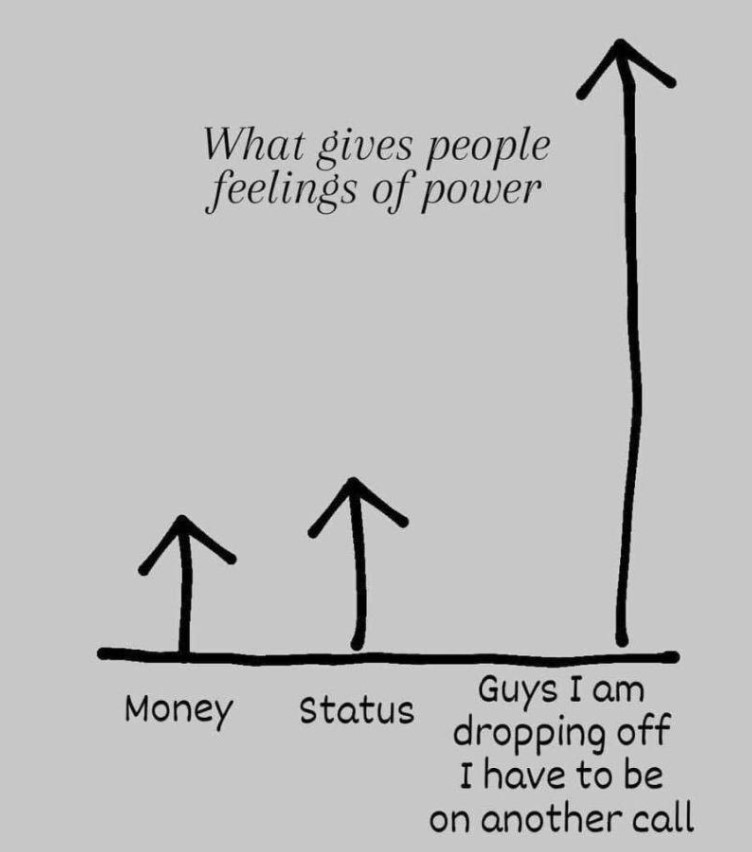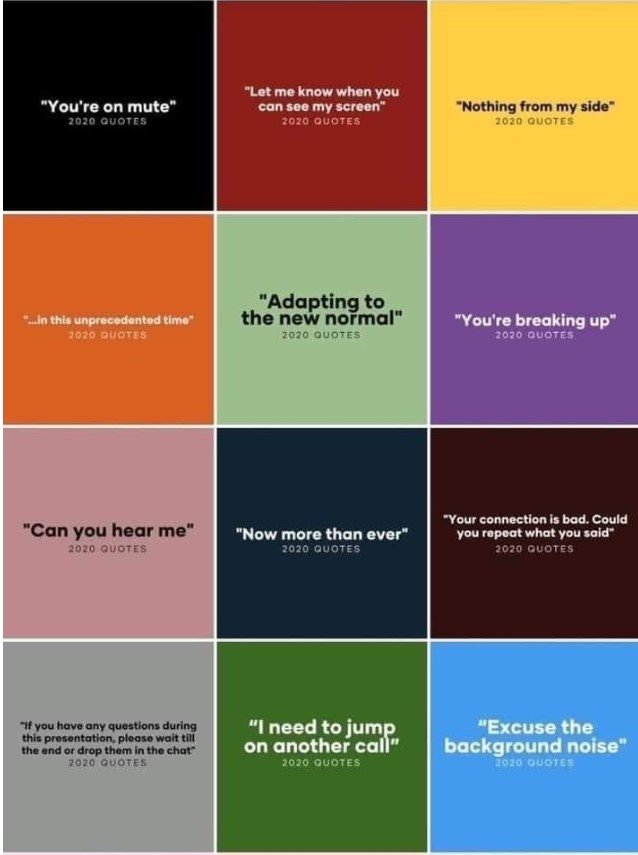Conference Call Courtesy
The use of virtual meetings has gained a stepped traction in the recent months buoyed by the restrictions in movement in response to the COVID-19 pandemic.
Some days one wonders whether the number of physical meetings were as high as the number of virtual meetings bombarding today’s work day. Could it be that there is a natural push to compensate for the increased lack of physical proximity?
Virtual meetings have come with a pack of benefits including flexibility, capacity in terms of geography and floor space, efficiency in time management and logistics costs among others.
On the other hand, as economists say, conference calls have also brought to light some discourteous behaviors among players. Some basic courtesies to observe on your next conference call are discussed here below.

1. Keep time
Nobody enjoys the awkward silence in an empty meeting room waiting for the host to start the meeting 10 minutes into the scheduled time. Often times participants have re-organized competing priorities in order to be available for the meeting on the scheduled time.
As the organizer allocate adequate time to cover the agenda and let the participants know how long the meeting is expected to last. As a host, respect their time by starting and ending the meeting on schedule.
Email Etiquette – A Professional’s Perspective
It is quite inefficient on time when the host has to go over an agenda that had already been covered on account of late entrants. As a guest, show respect to the host and other participants by joining the meeting on time. This goes more especially in meetings that have fewer participants where everyone’s presence is absolutely necessary.
Sometimes it is inevitable to join a call after the meeting has started due to unavoidable circumstances (including genuine connectivity challenges). In such cases, it is advisable that guests join quietly – no video, no sound.
Late entrants can disrupt the speaker and cause them to lose their trail of thoughts or cause unnecessary excitement and distraction on the participants. These distractions can have a cost on time as participants may take time to settle back into the meeting agenda.

2. Stay on the agenda
One secret that makes it more likely to keep time is to stick to the agenda. The temptation to introduce sub-agendas and new agendas is as real in a virtual meeting as in a physical one. All parties must be clear on the agenda and the host or time keeper must also know how much time is allocated to each agenda.
It helps when the host also follows the agenda in a predetermined sequence. Usually when the audience can see there is a sequence being followed they are more likely to co-operate in making sure all agendas are covered and also minimize interjections where they are less desirable.
Where the meeting involves a large group of people, participants may be encouraged to use the chat option to post comments, questions and interjections. This way, related comments may be bundled together and addressed jointly making it more efficient than having all parties speaking through the meeting. In general, the tendency to go off the agenda is reduced when one has to write compared to when one speaks.
Top 50 mobile loan apps in Kenya
3. Use the mute button
There is a small microphone at the bottom of the screen that allows one to be audible to the audience. It however does not filter what the recipients hear. Therefore the barking dog, the squealing toddler, the blaring TV, the young learner on the online class in the background, they all somehow converge into the business call. Even in the event that one is in an absolutely private room with no obvious background noise, one cannot be absolutely certain of complete silence.
It is always safer to stay on mute when not speaking (pun intended). Why? For one, background noise can make it difficult for everyone on the call to hear the speaker clearly thus distorting delivery of the message.
Secondly, this eliminates the possibility of accidentally sharing private, confidential or other unintended conversations with the virtual audience. It can be very embarrassing to accidentally share a private conversation, for example, or confidential information on unrelated matters with the wrong audience.

4. Dress and pose appropriately
Well, well, well… many a word are said in jest. Whether the call will involve video conferencing or not, one is better off overdressed than be found erring on the opposite end. It may feel smart to dress up only on the upper part of your body, and put on the beach shorts or favorite Kikoy below. Afterall, that feels most comfortable and the meeting will run for a short while anyway. That feeling can change fatally if for some reason you have to stand up unexpectedly during the meeting (and the Kikoy falls off!).
But seriously, the main reason for dressing appropriately is the effect it has on the state of mind and attitude. This goes for all forms of meetings – physical, virtual with video, virtual without video, webinars, all meetings. Always dress befittingly and compliment the dressing with appropriate posture.
Dressing the part is an important element in preparing for the meeting and getting one’s mind focused appropriately. This state is unconsciously projected on the audience as one participates in the meeting especially when addressing the audience. Have you listened to a speaker and pictured how smartly dressed they might be based on their delivery?
Sit up and be present at the meeting just as you would in a physical meeting. Temptation to multi task, a quick email response, a snack behind the camera, a side phone call can sometimes be sensed by others or can accidentally come to their attention with negative results. Treat the virtual engagement with the seriousness you would accord it as a physical meeting.
About the Author
Millicent Mello is an experienced banker, having worked with some of Kenya’s leading commercial banks. She is also a business writer and mentor.
To reach her, email [email protected]









